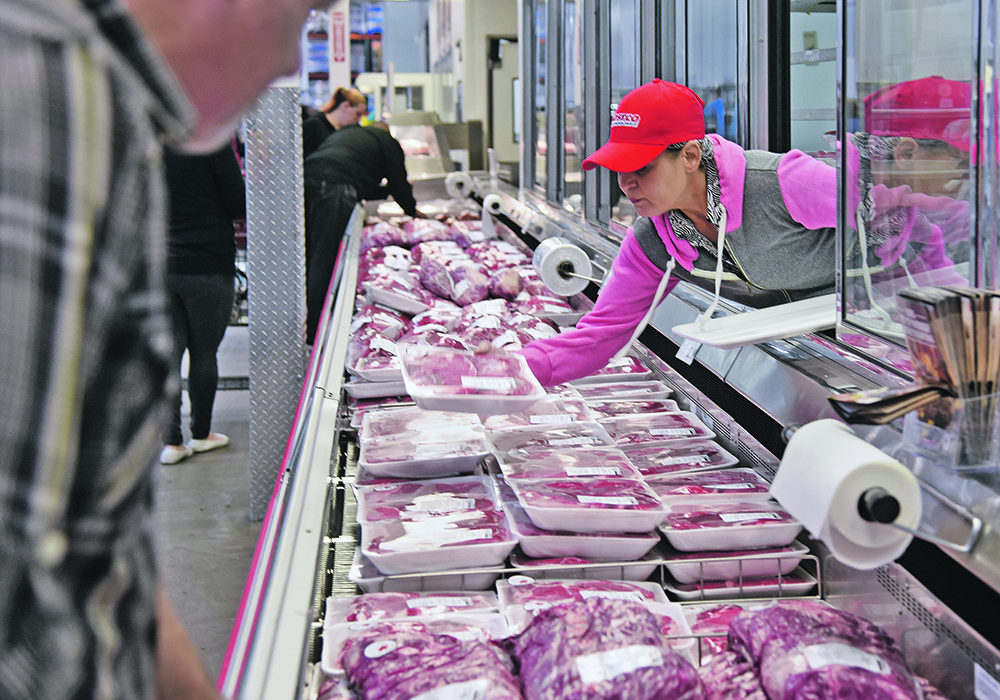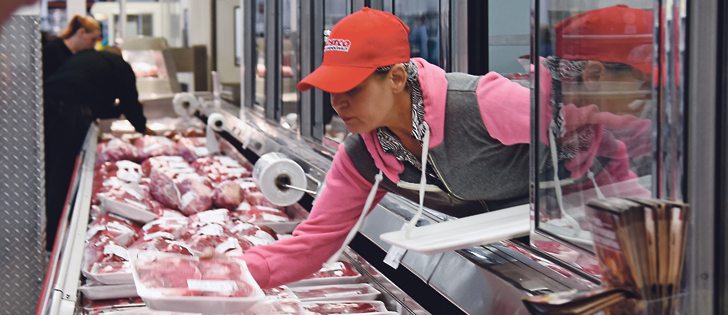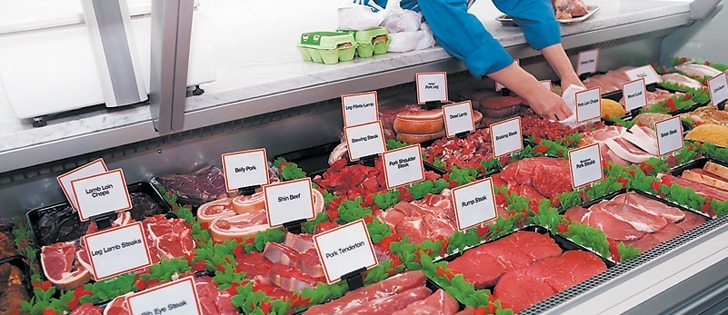Farm families who wanted to eat meat once had to kill and butcher an animal and then figure out how to make it last
I watched a young woman at a supermarket surveying the various cuts of meat, all nicely trimmed and packaged in their Styrofoam trays. I strongly suspected she had no idea what it takes to bring meat from “farm to fork,” as a popular slogan goes.
When I was growing up in the 1940s, it was more like bringing the hog from “sty to supper,” and butchering was not for the squeamish.
One lone porker was left behind when the rest of the litter was shipped off to market. Little did it know that all the extra chop and corn cobs it enjoyed had an ulterior motive — to fatten it up for slaughter. I hated the idea of sacrificing it for meat, but that was the reality in those days.
Read Also

Fuel rebate rule change will affect taxes and AgriStability
The federal government recently announced updates to the fuel rebates that farmers have been receiving since 2019-20.
Self-taught butchers in the community were in high demand every fall, and well in advance my mother would get in touch with Andy, one of the best.
A short, pot-bellied fellow with bright blue eyes and a white moustache, he could have substituted for Santa had he worn a red suit. Instead he usually came to his door with an apron tied around his middle.
Andy and his wife had switched roles long before it was common. She tended to the fields and he did the cooking, which the community found amusing.
“Well now, I’d be glad to come and butcher if you would just make some of those cream biscuits I like so much.”
Mother promised.
On the appointed day, Andy and a couple of his buddies came armed with knives, prepared to do business with the hog carcass my father had strung up on a tree limb. Knives glistened in the morning sun as the hair was scraped off the hog. It would never do to have hair on your ham.
And then came the worst part. With one long-drawn slash of a sharp knife, the hog was disemboweled, the entrails falling into a big galvanized tub. Oh yuck. But still, out of curiosity, I hung around to watch.
With a twinkle in his eye, Andy said, “take this to your mom,” and he plopped the big warm liver into my outstretched hands. I would have dropped it right on the spot, except I knew that at noon there would be a feast of liver and onions, mashed potatoes, cream biscuits and raisin pie.
In those days, various members of every farm family who butchered hogs for winter meat had their particular expertise. My mother-in-law made the best liver sausage I have ever tasted.
My own mother thought the use of intestines as sausage casings was repugnant, but she had no qualms at all about cooking the pig’s head and then salvaging all the edible meat for head cheese.
That’s a misnomer if ever there was one. It was definitely not cheese, but when the scraps were put through a grinder, pressed into a loaf pan and chilled, it made some tasty slices of lunch meat.
The pork fat was rendered for lard and used in baking, or sometimes poured over cooked spareribs to preserve them.
My husband’s father smoked the hams and summer sausage, and having no refrigeration, buried the hams in the centre of a bin of wheat for long-term storage.
In our particular case, the various cuts of meat were layered, with heavy amounts of salt and liquid smoke, into a big oak barrel in the cellar.
In retrospect, I am amazed that the meat kept for several months stored this way and that we didn’t all die from high blood pressure due to an overload of salt meat in our diet.
Within a few years, electricity came to rural farms, and refrigerators and freezers reduced the amount of work in storing freshly butchered meat.
It is now just so convenient to pick (and pay) for a variety of meats at the local grocery store.
I don’t think it’s my imagination, but the flavour doesn’t compare to the pork I remember as a child. I think about it every time I make cream biscuits.















